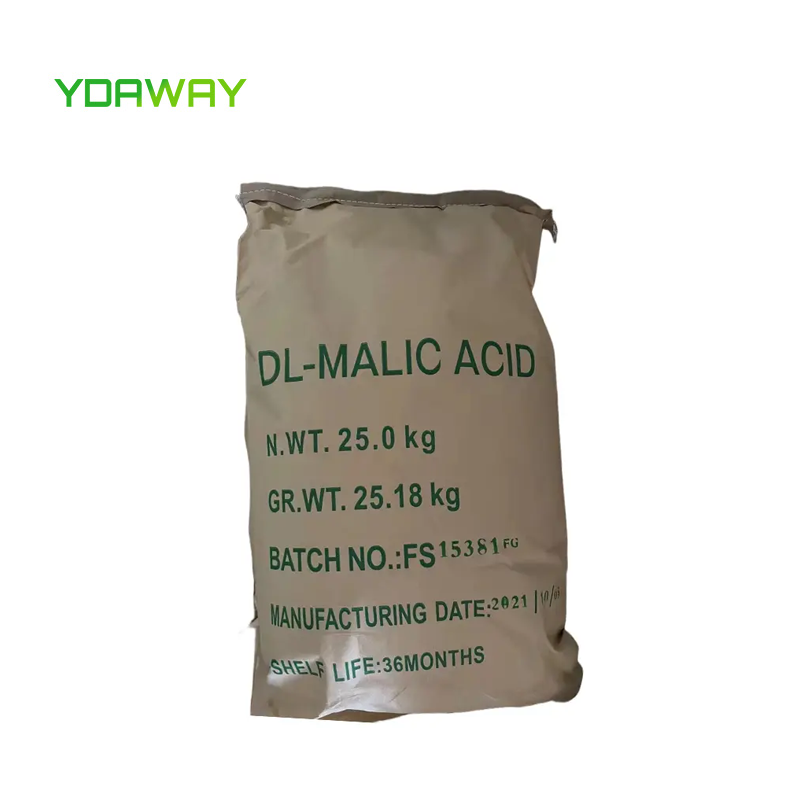close
Choose Your Site
Global
Social Focus
Views: 0 Author: Site Editor Publish Time: 2024-03-25 Origin: Site









Malic acid, a common food additive, exists in two primary forms: natural malic acid and DL-malic acid. While both share similarities in their chemical structure and applications, they differ significantly in terms of their production methods, properties, and physiological effects.
Natural malic acid, also known as L-malic acid, is derived from natural sources such as fruits and vegetables. It is the naturally occurring form of malic acid and is typically produced through environmentally friendly one-step fermentation processes. On the other hand, DL-malic acid is a synthetic compound produced either chemically or through biological fermentation.
One key distinction between the two forms lies in their composition. Natural malic acid predominantly consists of the L-isomer, which is readily metabolized by the human body and offers potential physiological benefits. In contrast, DL-malic acid contains both L- and D-isomers, with the D-isomer being less biologically active and more difficult for the body to metabolize.
Natural malic acid offers several advantages over its synthetic counterpart, DL-malic acid, particularly in the realm of food additives. Firstly, natural malic acid products are less prone to caking due to their granulated form, which helps maintain product quality and ease of handling during manufacturing processes.
Moreover, natural malic acid exhibits low humidity properties, reducing the risk of moisture absorption and ensuring product stability over time. This characteristic is especially beneficial in applications where moisture control is critical, such as in the production of beverages, jams, and chewing gum.
From an environmental standpoint, the production of natural malic acid through one-step fermentation processes contributes to reduced carbon emissions and environmental pollution compared to chemical synthesis methods. This aligns with the growing emphasis on sustainability and eco-friendliness in the food industry.
Additionally, the physiological functions of L-malic acid make it a preferable option for food supplementation compared to DL-malic acid. Its compatibility with human metabolism and potential health benefits make it an attractive choice for manufacturers seeking to enhance the nutritional profile of their products.
In conclusion, the differences between natural malic acid and DL-malic acid extend beyond their chemical compositions to encompass production methods, properties, and physiological effects. While both forms serve as valuable food additives, natural malic acid stands out for its environmentally friendly production processes, low humidity properties, and physiological compatibility with human metabolism. By understanding these distinctions, food manufacturers can make informed decisions when selecting malic acid additives for their products, ensuring both quality and consumer satisfaction.